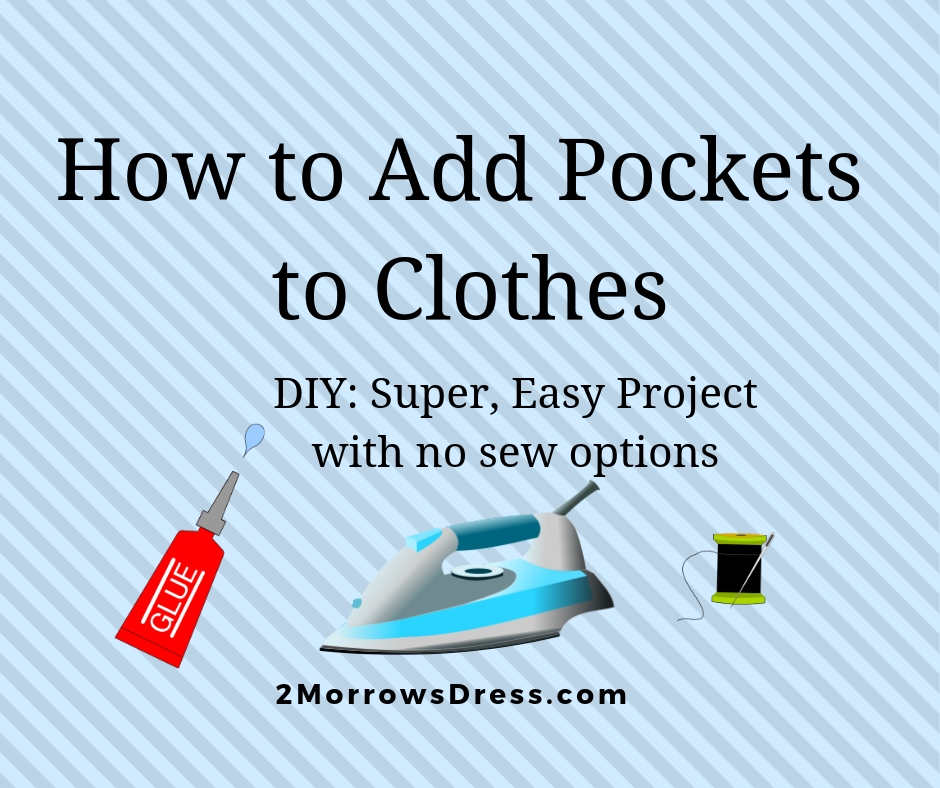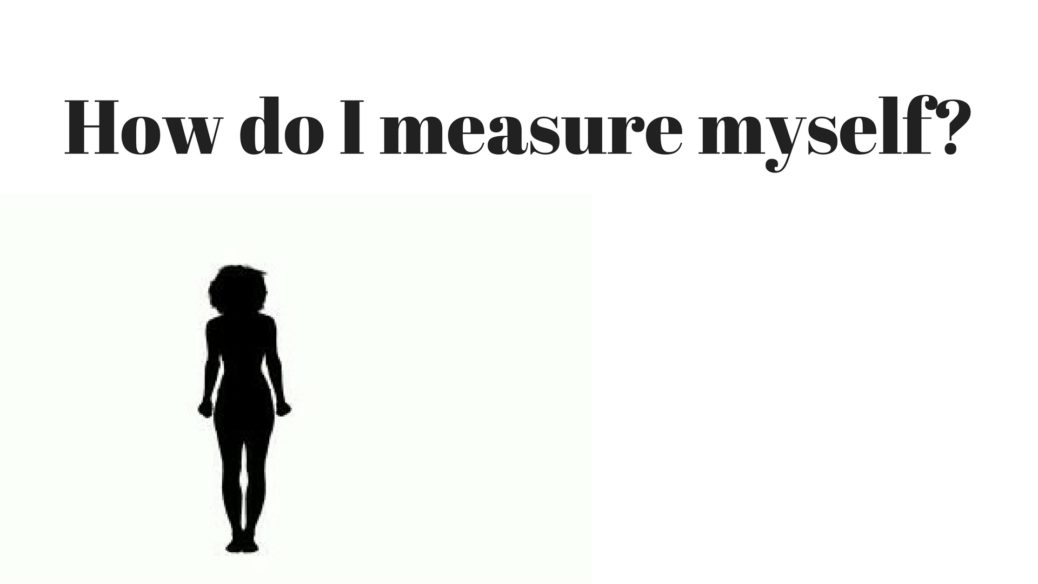Pockets are great! They are built-in compartments that can supplement or replace a handbag or purse. Here is a previous post about the hidden treasure of sewn pockets, but what about the majority of fabulous dresses & skirts without pockets? Let’s add them!
The easiest garments to add pockets are non-stretchy fabric (cotton is my favorite) with a tight weave to “hold” the pocket. Try to match the pocket fabric for similar or coordinating color and fabric type, then plan out your pocket location.
Here is a super easy pocket for the outside of the garment.
This is a great pocket for sheath dresses, tight fit, or straight skirts for beginners. Select your pocket-less garment and fabric for the pocket, then follow the steps below.
- Print this Top Pocket Pattern and trim at the solid black line.
- Fold pocket fabric, align the pattern at the fold, and cut 1 for each pocket. For heavier fabric, fold 1 inch at the fold line and leave the majority of the pocket single layer.
- Mark the pocket location on the outside on the garment. For dark fabrics, mark the fabric with bar soap (use it like a crayon).
- Turn under the outside edges and sew under.
- With the fold at the top, pin the pocket to the garment and sew the sides and bottom
Don’t sew? An alternative for sewing is to use iron-on adhesive tape or liquid. Use a fabric that does not fray, such as felt, and simply glue the sides and bottom of the pocket to the garment.
Iron on tape works great for stretchy (knit) fabrics to keep your pocket shape square and not stretched out. Use a non-stretchy fabric like polyester blend or cotton (be sure to pre-wash cotton so it does not shrink).
For pocket practice, try adding simple pockets to an older comfy garment. I wear knit dresses around the house and by the pool, so this grey dress was a perfect candidate for pockets. For children’s clothes, ribbon or bias tape could go on the outside. Or, add decorative buttons on the corners (liquid stitch glue works great).








2 thoughts on “How to Add Pockets to Clothes | DIY Super, Easy Methods with no Sew Options”